An electron micrograph of Bacteria
Image courtesy of JPL/NASA
The First Living Cells
The first beings were probably much like
coacervates.
As
a group, these bacteria were
heterotrophic , meaning that they ate food which came from somewhere else.
Because there was virtually no oxygen in the atmosphere at
this time, these bacteria did not breathe oxygen. The
fossils of some these oldest known forms of life
have been found in Australian rocks dating back 3.5 billion years.
For food, these early bacteria probably consumed naturally occurring amino
acids. Amino acids, sugars, and other organic compounds
formed spontaneously in the atmosphere then dissolved in liquid water. Upon digesting these molecules, early bacteria produced methane and carbon dioxide as waste products.
Over time, new life forms evolved which were
able to get their energy from a different source -- the Sun!
You might also be interested in:
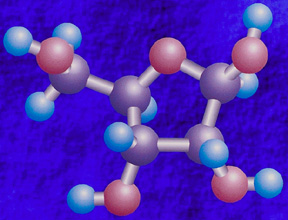
In the warm early ocean, large molecules came together into a form called *coacervates*. Molecules such as these will form coacervates in the same way that beads of vinegar in oil come together. These
...more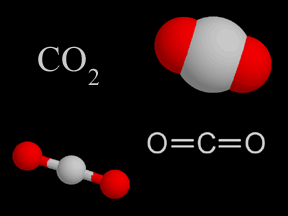
Carbon dioxide (CO2) is a kind of gas. There isn't that much carbon dioxide in Earth's atmosphere, but it is still very important. Carbon dioxide is a greenhouse gas. That means it helps trap heat coming
...more
Over a very long time, gradual changes in the earliest cells gave rise to new life forms. These new cells were very different from earlier cells because they were able to get their energy from a different
...more
Eventually, photosynthesis by the earliest forms of plant life (a form of life capable of feeding itself instead of feeding off of others) began to produce significant amounts of oxygen. One important
...more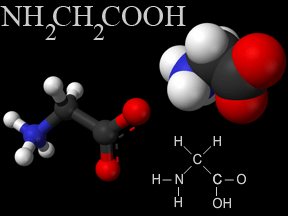
Scientists have found a type of amino acid in a sample returned from a comet. Amino acids are the building-blocks of proteins. Proteins are one of the most important types of molecules in living creatures.
...more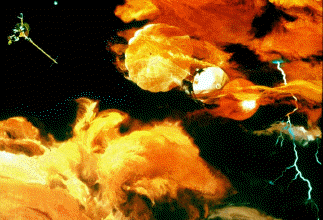
Jupiter's atmospheric environment is one of powerful winds, going 250 miles per hour, and temperatures from -270 degrees to +32 degrees (freezing temperature). These winds make it hard for life forms to
...more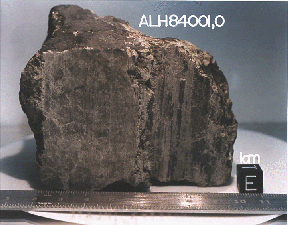
In July, 1996 a team of scientists said that they had discovered possible fossils of bacteria in a meteorite named ALH84001 that came from Mars. It was found in Antarctica in 1984 after having landed there
...more















